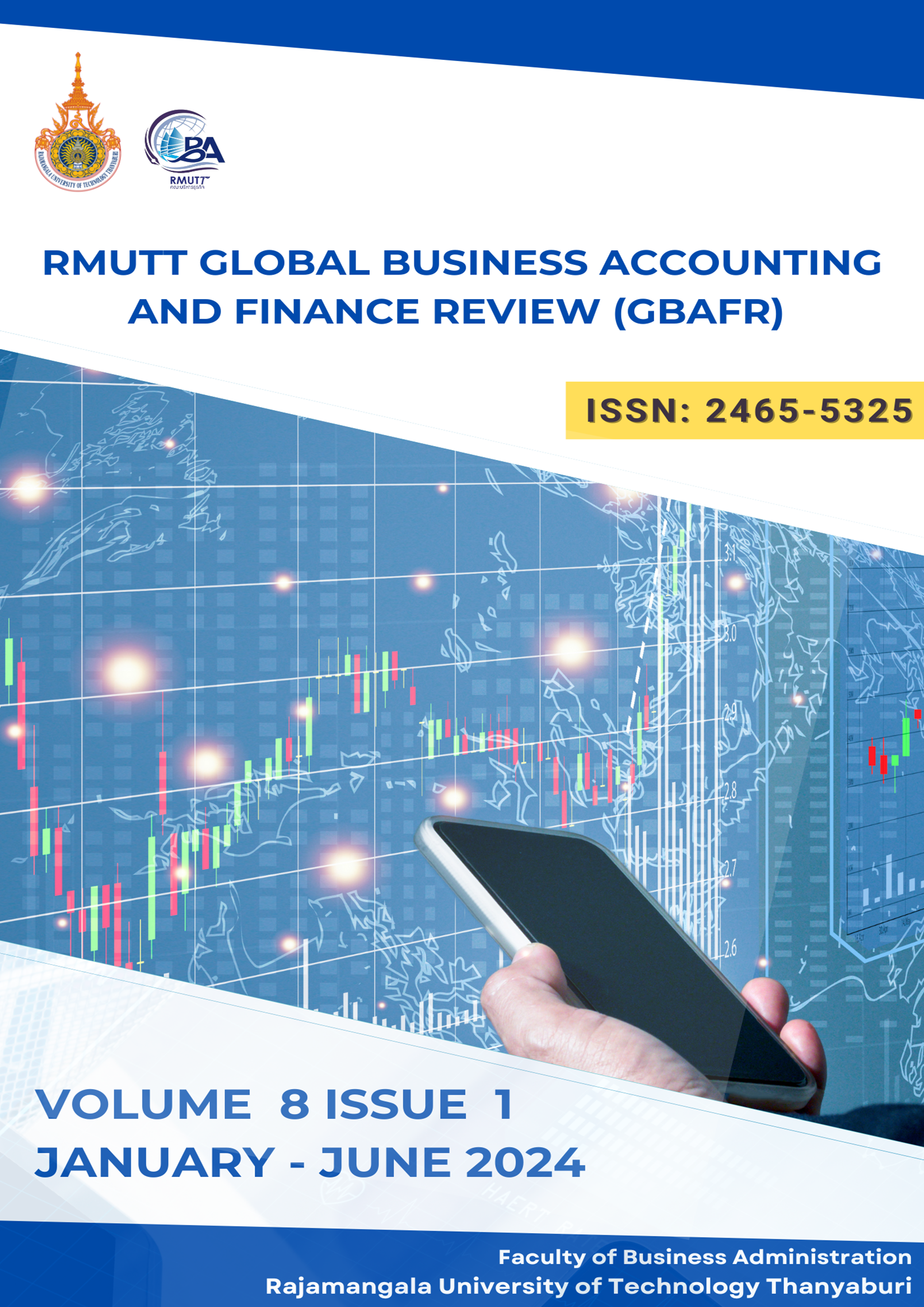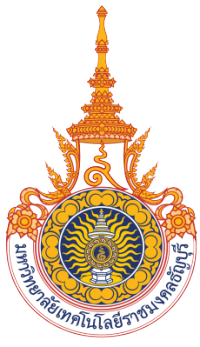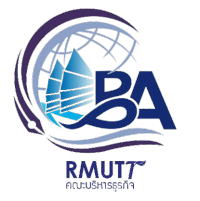EXPLORING BRAND AWARENESS AND UTILIZATION PATTERNS OF POISON CONTROL CENTER SERVICES IN THAILAND: A COMPARATIVE STUDY AMONG HEALTHCARE PROFESSIONALS AND THE GENERAL PUBLIC
DOI:
https://doi.org/10.60101/gbafr.2024.271700Keywords:
Thailand Poison Control Center (PCC), Brand awareness, Public awareness, Communication channel, Healthcare professionals, General publicAbstract
Purpose – The purpose of this study is to compare the brand awareness and utilization patterns of Poison Control Center services in Thailand among healthcare professionals and the general public.
Methodology – This study employs quantitative methodology to compare the brand awareness and utilization patterns of Poison Control Center services among healthcare professionals and the general public in Thailand.
Results – The results of the study reveal that healthcare professionals in Thailand have significantly higher brand awareness of Poison Control Center services compared to the general public. The findings also indicate that healthcare professionals are more likely to utilize these services than the general public.
Implications – Implications of this study suggest the need for targeted educational campaigns to increase brand awareness and encourage more effective utilization of Poison Control Center services among the general public in Thailand.
Originality/Value – This study contributes to the existing literature by examining the brand awareness and utilization patterns of Poison Control Center services in Thailand, specifically comparing healthcare professionals and the general public. The findings highlight the need for targeted educational campaigns to increase brand awareness and promote the effective utilization of Poison Control Center services among the general public in Thailand. The findings of this study highlight the disparity in brand awareness and utilization of Poison Control Center services between healthcare professionals and the general public in Thailand.
References
Alexander, J. A., Copeland, L. A., & Metzger, M. E. (2007). Explaining differences in operating costs among poison control centers: An exploratory study. Clinical toxicology, 45(5), 440-450.
Carr, A. S., Cardwell, C. R., McCarron, P. O., & McConville, J. A. (2010). A systematic review of population based epidemiological studies in Myasthenia Gravis. BMC Neurol, PMC2905354, 10-46. doi: 10.1186/1471-2377-10-46.
Churi, S., Abraham, L., Ramesh, M., & Narahari, M. (2013). Evaluation of poison information services provided by a new poison information center. Indian journal of pharmacology, 45(5), 496.
Ellington, L., Rebecca Poynton, M., Reblin, M., Latimer, S., Bennett, H. K., Crouch, B., & Caravati, E. M. (2011). Communication patterns for the most serious poison center calls. Clinical toxicology, 49(4), 316-323.
Erkekoğlu, P., & Sabuncuoğlu, S. (2021). Introductory chapter: Medical toxicology. In Medical Toxicology. IntechOpen United Kingdom.
Guo, J., & Bai, J. (2019). The role of public participation in environmental governance: Empirical evidence from China. Sustainability, 11(17), 4696.
Kanjanarach, T., Jaisa-Ard, R., & Poonaovarat, N. (2014). Performance of health product risk management and surveillance conducted by health personnel at sub-district health promotion hospitals in the northeast region of Thailand. Risk Management and Healthcare Policy, 189-197.
Kirk, M., & Iddins, C. J. (2015). Resources for toxicologic and radiologic information and assistance. Emergency Medicine Clinics, 33(1), 69-88.
Kshatri, J. S., Palo, S. K., Panda, M., Swain, S., Sinha, R., Mahapatra, P., & Pati, S. (2021). Reach, accessibility and acceptance of different communication channels for health promotion: a community-based analysis in Odisha, India. Journal of Preventive Medicine and Hygiene, 62(2), E455.
Lambdin, B. H., Davidson, P. J., Browne, E. N., Suen, L. W., Wenger, L. D., & Kral, A. H. (2022). Reduced emergency department visits and hospitalisation with use of an unsanctioned safe consumption site for injection drug use in the United States. Journal of general internal medicine, 37(15), 3853-3860.
Laohaudomchok, W., Nankongnab, N., Siriruttanapruk, S., Klaimala, P., Lianchamroon, W., Ousap, P., Jatiket, M., Kajitvichyanukul, P., Kitana, N., & Siriwong, W. (2020). Pesticide use in Thailand: Current situation, health risks, and gaps in research and policy. Human and Ecological Risk Assessment: An International Journal, 27(5), 1147-1169.
Leong, Y.-H., Ariff, A. M., Khan, H. R. M., Rani, N. A. A., & Majid, M. I. A. (2018). Paraquat poisoning calls to the Malaysia National Poison Centre following its ban and subsequent restriction of the herbicide from 2004 to 2015. Journal of forensic and legal medicine, 56, 16-20.
Nguyen, M. B., Pizon, A. F., Branas, C. C., & Fabio, A. (2016). Regional variations in pediatric medication exposure: Spatial analysis of poison center utilization in western Pennsylvania. Clinical toxicology, 54(1), 47-52.
Pac-Kożuchowska, E., Krawiec, P., Mroczkowska-Juchkiewicz, A., & Melges, B. (2016). Patterns of Poisoning in Urban and Rural Children: A Single-Center Study. Advances in Clinical and Experimental Medicine, 25(2), 335-340.
Pourmand, A., Wang, J., & Mazer, M. (2012). A survey of poison control centers worldwide. DARU Journal of Pharmaceutical Sciences, 20(1), 13. https://doi.org/10.1186/2008-2231-20-13
Ramathibodi Poison Center, F. o. M. R. H., Mahidol University. (2015). Ramathibodi Poison Center. https://www.rama.mahidol.ac.th/poisoncenter/en/about_us
Rhalem, N., Aghandous, R., Chaoui, H., Eloufir, R., Badrane, N., Windy, M., Hardouz, H., Ouammi, L., Soulaymani, A., & Soulaymani-Bencheikh, R. (2013). Role of the poison control centre of Morocco in the improvement of public health. Asia Pacific Journal of Medical Toxicology, 2(3), 82-86.
Sabahi, A., Asadi, F., Shadnia, S., Rabiei, R., & Hosseini, A. (2022). Data Infrastructure for a Poisoning Registry with Designing Data Elements and a Minimum Data Set. Shiraz E-Medical Journal, 23(5), e116103. https://doi.org/10.5812/semj.116103
Saoraya, J., & Inboriboon, P. C. (2013). Acute poisoning surveillance in Thailand: the current state of affairs and a vision for the future. International Scholarly Research Notices, 2013. https://doi.org/10.1155/2013/812836
Sapbamrer, R., Sittitoon, N., Thongtip, S., Chaipin, E., Sutalangka, C., Chaiut, W., La-Up, A., Thirarattanasunthon, P., Thammachai, A., & Suwannakul, B. (2024). Acute health symptoms related to perception and practice of pesticides use among farmers from all regions of Thailand. Frontiers in Public Health, 11, 1296082.
Saud, M., Mashud, M. i., & Ida, R. (2020). Usage of social media during the pandemic: Seeking support and awareness about COVID‐19 through social media platforms. Journal of Public Affairs, 20(4), e2417.
Siriraj Poison Control Center, F. o. M., Siriraj Hospital. (2020). Siriraj Poison Control Center. https://www.si.mahidol.ac.th/th/division/shtc/index.asp
Somboon, S., Jirapongsuwan, A., Kalampakorn, S., & Tipyamongkolkul, M. (2022). Acute pesticide poisoning among mixed-crop agricultural workers in Thailand. Trends in Sciences, 19(3), 2154-2154.
Spiller, H. A., & Griffith, J. R. (2009). The value and evolving role of the US Poison Control Center System. Public Health Reports, 124(3), 359-363.
Vo, K., & Smollin, C. (2015). Online social networking and US poison control centers: Facebook as a means of information distribution. Clinical toxicology, 53(5), 466-469. https://doi.org/10.3109/15563650.2015.1014906
Whitten-Woodring, J., Kleinberg, M. S., Thawnghmung, A., & Thitsar, M. T. (2020). Poison if you don’t know how to use it: Facebook, democracy, and human rights in Myanmar. The International Journal of Press/Politics, 25(3), 407-425.
World Health Organization. (2016). Poisoning prevention and management. https://www.who.int/ipcs/poisons/en/
World Health Organization. (2021). Guidelines for establishing a poison centre. https://www.who.int/publications/i/item/9789240009523
Downloads
Published
How to Cite
Issue
Section
License
Copyright (c) 2024 Faculty of Business Administration, Rajamangala University of Technology Thanyaburi

This work is licensed under a Creative Commons Attribution-NonCommercial-NoDerivatives 4.0 International License.









